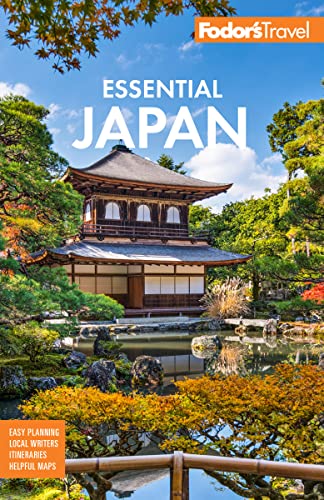Okinawa's World War II Sights
The Battle of Okinawa is one of the most tragic events in modern history. Caught between two warring nations, the people of Okinawa were killed by a "Typhoon of Steel" and the brutal inhumanity of war.
By late March 1945 American forces began the assault on Okinawa, a pivotal stepping-stone to attacking the Japanese mainland. Japan's strategy was to drag out the conflict and force a war of attrition. Every sector of Okinawa's civilian population was mobilized into the front lines of the fighting. The initial bombardment by the United States was described as a "Typhoon of Steel." Artillery rained down so heavily that the bombs changed the very topography of the island. Horrific losses were followed by an awful land war. Okinawans who survived the shelling and flame throwers succumbed to starvation, disease, suicide, or the brutality of retreating Japanese troops. The final battle of the war claimed roughly 240,000 lives—more than half of them civilian—more than a quarter of Okinawa's population. The memorials commemorating these events and the quest for world peace are Okinawa’s most poignant landmarks.
The Futenma Issue
The U.S. Marine Corps Air Station Futenma is Okinawa's most controversial U.S. military base. It is surrounded by a residential area, and locals want it closed. In 1996 the U.S. and Japanese governments agreed to close the base, but expand Camp Schwab in northern Okinawa. Many Okinawans have opposed the expansion of Schwab into Henoko Bay, citing environmental concerns.
Sights in Okinawa Honto
In Naha City, Sugar Loaf Hill was a heavily defended strategic point on General Mitsuru Ushijima's Shuri Line. American Marines made repeated frontal assaults, losing thousands of men before capturing the hill on May 18, 1945. The hill is now dwarfed by the DFS Building (Duty-Free Store) just west of Omoro-machi Monorail Station. A plaque marks the spot where so many men died.
Just south of Naha City is the Underground Headquarters of the Japanese Imperial Navy (236 Tomishiro, Tomishiro-son). Visitors can explore the tunnels in which Imperial Navy Vice Admiral Minoru Ota lived with 4,000 men. You can see the various rooms, including the commander’s office, but perhaps the most unnerving sights are the gouges in the walls and roof from grenades when the officers took their own lives.
Farther south, Himeyuri Peace Museum tells the tragic story of Okinawan schoolgirls who were mobilized as field nurses during the conflict. Harrowing accounts of their experiences convey the horrors of war.
Peace Memorial Park is at Mabuni Hill, and it's here where the final acts of the Battle of Okinawa took place. There are three main areas to the park. The Peace Memorial Museum tells the history of the Battle of Okinawa and the resulting desire of Okinawans for world peace. Outside is the Cornerstone of Peace, line after line of low, black, granite walls are inscribed with the names of more than 240,000 Okinawans, Japanese, Americans, Koreans, North Koreans, British, and Taiwanese who perished during the conflict. June 23 is Okinawa Memorial Day, when services, held at the Cornerstone of Peace, are usually attended by the Japanese Prime Minister. The Peace Memorial Hall houses a 32-foot statue of a person praying. The artist, Shinzan Yamada, began the project when he was 72, and the work took him 18 years. The statue sits on a six-petal flower representing the six continents to symbolize the global search for peace.
An Underwater Memorial
One war memorial on Okinawa is far more difficult to visit. The USS Emmons was a U.S. destroyer that was hit by five kamikaze planes on April 6, 1945. The following day the ship was sunk before it drifted into enemy-controlled territory. In 2000 the Japanese Coast Guard discovered the wreck, and then in early 2001 it was found by local American divers. The Emmons lies at a depth of around 130 feet, just off Kouri Island. A few dive shops on Okinawa do offer recreational dives to view the wreck, but the depth and strong currents mean this is only an option for advanced divers.




